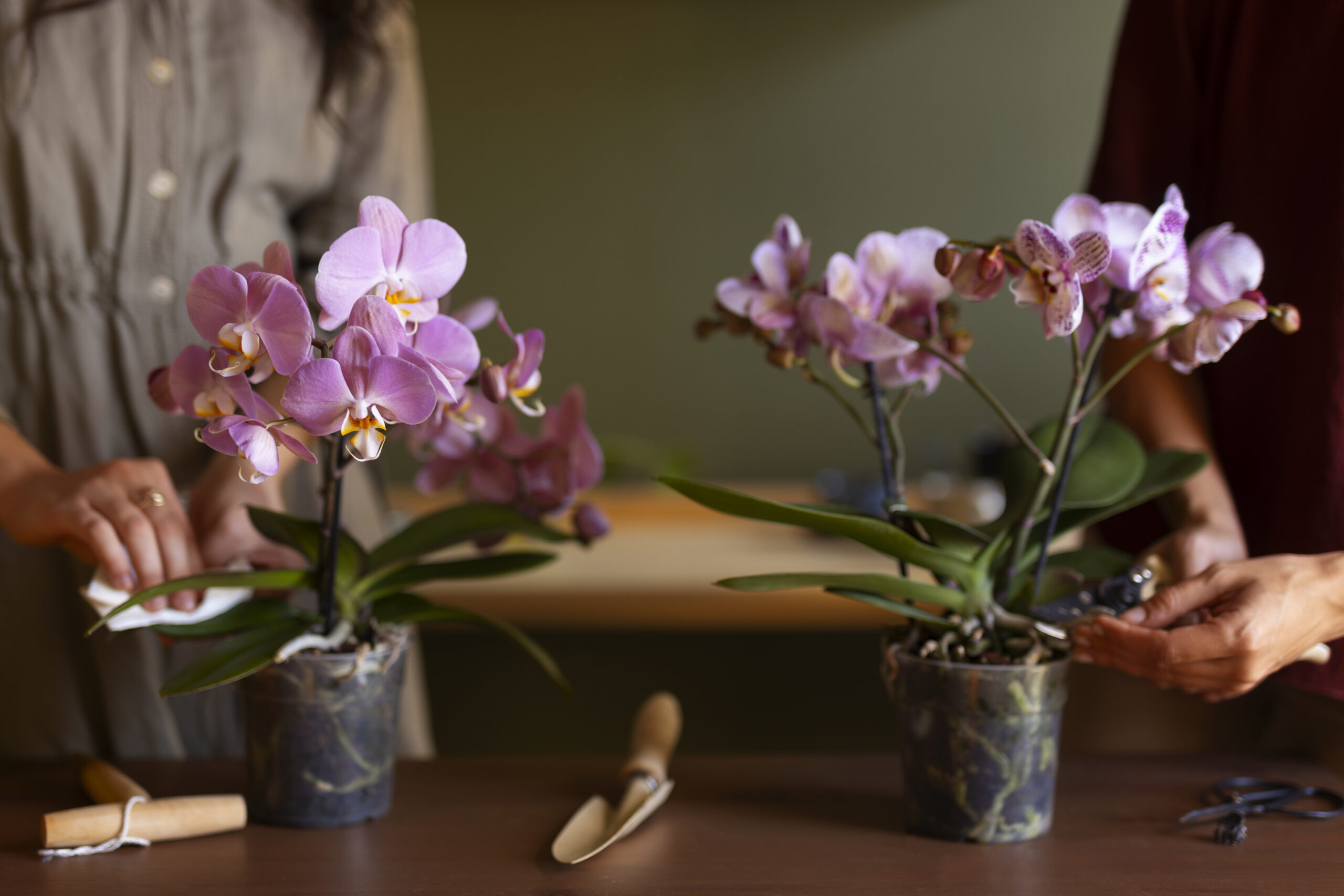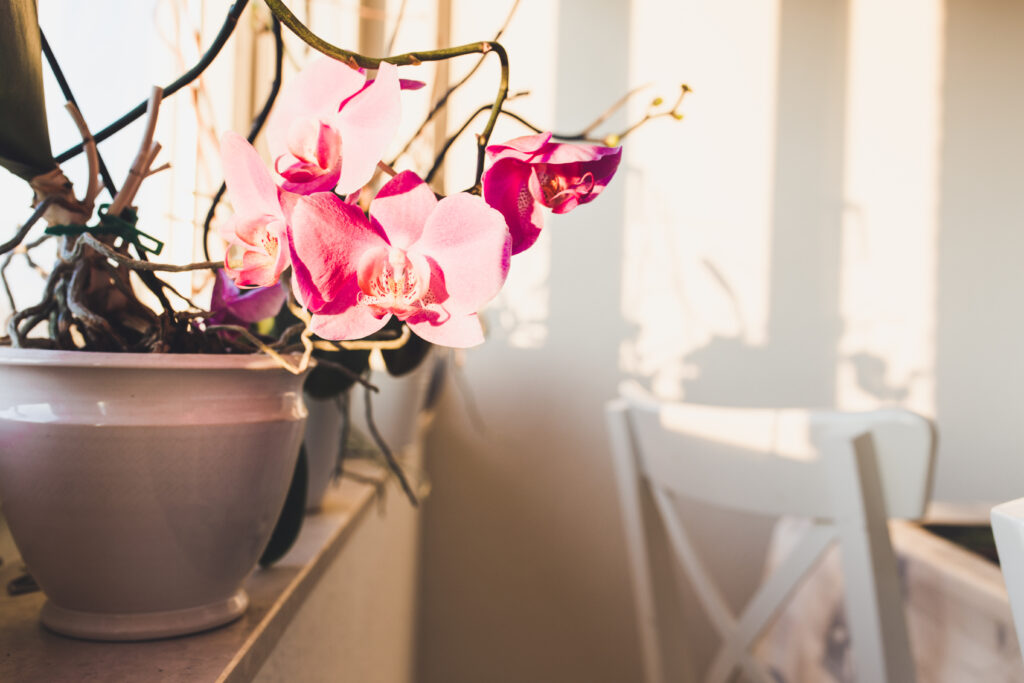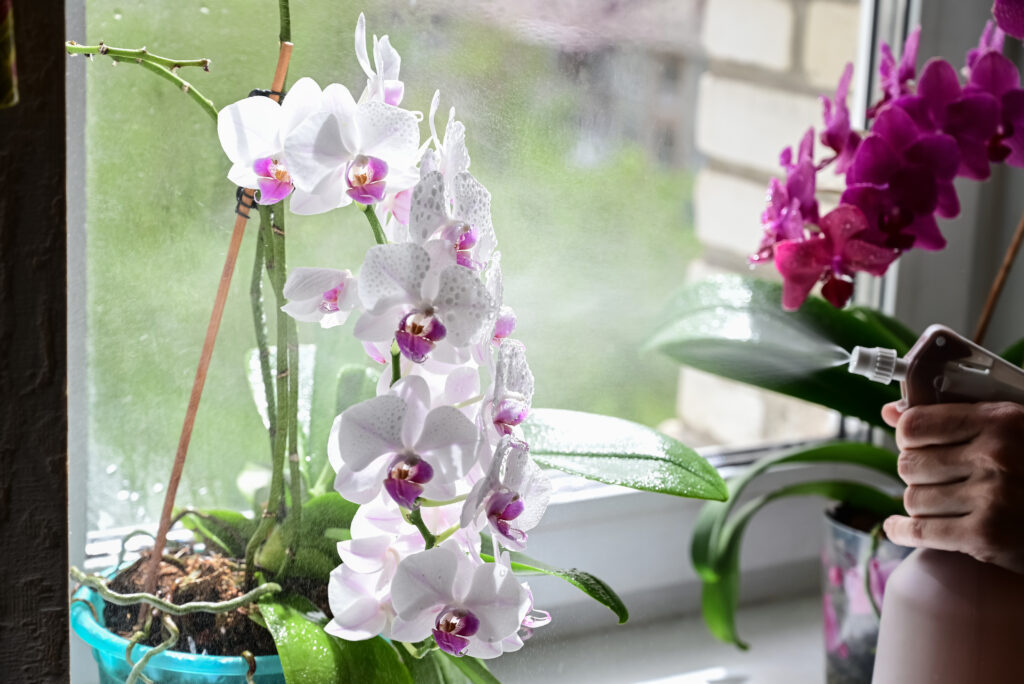Project Slayers Codes (July 2025): All Working Codes for Spins, Resets & More


Orchids, with their exotic allure and vibrant blooms, have captured the hearts of indoor plant enthusiasts worldwide. However, these stunning plants are often perceived as challenging to care for, especially indoors. The key to successful orchid care lies in understanding their unique needs and creating a conducive environment for them to thrive. This guide delves into essential tips on orchid care, from selecting the right growing medium to mastering watering techniques, ensuring your orchids remain healthy and beautiful.

Growing orchids indoors requires a balance of light, humidity, and temperature. These plants are native to tropical climates, so replicating such conditions is crucial. By focusing on the right elements, you can enjoy the long-lasting beauty and elegance of orchids in your home.
Before diving into care specifics, it’s important to identify the type of orchid you have. The most common indoor variety is the moth orchid (Phalaenopsis), known for its resilience and stunning blooms. Each type of orchid has slightly different requirements, but the general care principles remain similar.
The growing medium is a vital component of orchid care. Unlike traditional houseplants, orchids do not thrive in regular potting soil. They require a medium that offers good drainage and air circulation around the roots.
Bark chips, sphagnum moss, and coconut husk are popular choices. Bark chips provide excellent drainage and airflow, while sphagnum moss retains moisture effectively, making it suitable for orchids that require more humidity. Coconut husk is a sustainable alternative that balances moisture retention and drainage.
Repotting orchids every one to two years is recommended to refresh the growing medium and prevent root rot. Choose a pot slightly larger than the current one, and ensure it has adequate drainage holes. Gently remove the old medium, trim any dead roots, and position the orchid in the new pot with fresh medium.
Orchids thrive in environments with good air circulation. Proper air movement helps prevent fungal diseases and promotes healthy growth. Here are some ways to ensure your orchids receive the airflow they need.
Place a small fan near your orchids to simulate natural breezes. Ensure the fan is not blowing directly on the plants but rather providing gentle, indirect airflow. Additionally, opening windows periodically can enhance air circulation.

Light is a critical factor in orchid care. Understanding the light requirements for orchids can make the difference between a thriving plant and one that struggles.
Orchids generally prefer bright, indirect light. Placing them near a north or east-facing window is ideal. If natural light is insufficient, consider using grow lights to supplement. Moth orchids, in particular, are adaptable and can tolerate lower light levels compared to other varieties.
Overwatering is a common pitfall in orchid care. Implementing proper watering techniques for orchids is essential to prevent root rot and ensure healthy growth.
This method involves thoroughly soaking the orchid’s medium and allowing it to dry out completely before watering again. This cycle mimics the natural wet and dry periods orchids experience in the wild. Ensure the pot has excellent drainage to facilitate this process.
Orchids thrive in environments with 40-70% humidity. Using a humidity tray or a humidifier can help maintain these levels, especially in dry indoor conditions.
The choice of pot significantly impacts orchid health. The right pot facilitates proper drainage and supports the plant’s growth.
Clear plastic pots are popular as they allow you to monitor root health and moisture levels. Alternatively, ceramic pots with multiple drainage holes provide stability and aesthetic appeal. Whichever type you choose, ensure it supports good airflow and drainage.
Displaying orchids in innovative ways can enhance your home decor. From minimalist designs to elaborate arrangements, modern trends offer creative options for showcasing these beautiful plants.
Vertical gardens are an excellent way to incorporate orchids into your living space. Mounted on a wall, they create a striking visual effect and save floor space. Ensure the installation provides adequate support and meets the light and humidity needs of the orchids.
Orchids can also be displayed in terrariums or large glass containers. This method creates a microclimate that retains humidity, making it ideal for orchids. Ensure there is adequate ventilation to prevent mold and mildew.
By understanding and implementing these essential tips on orchid care, you can transform your indoor space with the vibrant beauty of orchids. Whether you’re a seasoned gardener or a home decor enthusiast looking to add a touch of elegance, these guidelines will help you cultivate healthy, thriving orchids indoors.